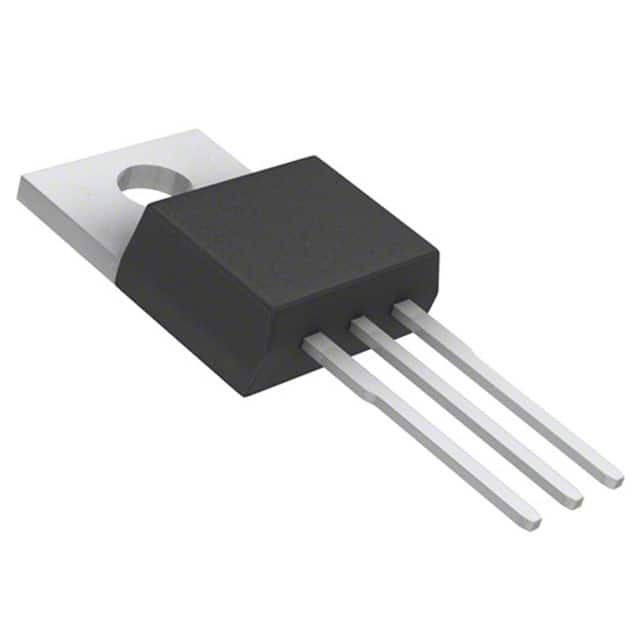TIP41C Transistor
Product Category
The TIP41C transistor belongs to the category of power transistors.
Basic Information Overview
- Use: The TIP41C is used as a general-purpose power amplifier and switching device.
- Characteristics: It has high current gain and low saturation voltage, making it suitable for various applications.
- Package: The TIP41C is typically available in a TO-220 package.
- Essence: It is essential for amplifying and switching electronic signals in various circuits.
- Packaging/Quantity: It is commonly sold in reels or tubes containing multiple units.
Specifications
- Collector-Emitter Voltage (VCEO): 100V
- Collector-Base Voltage (VCBO): 100V
- Emitter-Base Voltage (VEBO): 5V
- Collector Current (IC): 6A
- Power Dissipation (PD): 65W
- Transition Frequency (FT): 3MHz
Detailed Pin Configuration
The TIP41C transistor typically has three pins: 1. Base (B): Input terminal for controlling the flow of current. 2. Collector (C): Terminal through which the output current flows. 3. Emitter (E): Terminal from which the output current emerges.
Functional Features
The TIP41C transistor offers the following functional features: - High current gain for amplification purposes. - Low saturation voltage, enabling efficient switching operations. - Good thermal performance due to its package design.
Advantages and Disadvantages
Advantages
- High current gain allows for effective signal amplification.
- Low saturation voltage results in minimal power loss during switching.
- Suitable for medium-power applications due to its power dissipation capability.
Disadvantages
- Limited maximum collector current compared to higher-power transistors.
- May require heat sinking in high-power applications to manage thermal dissipation.
Working Principles
The TIP41C operates based on the principles of bipolar junction transistors. When a small current is applied to the base terminal, it controls the larger current flowing between the collector and emitter terminals. This property enables it to amplify and switch electronic signals in various circuits.
Detailed Application Field Plans
The TIP41C transistor finds extensive use in the following application fields: - Audio amplifiers - Power supplies - Motor control circuits - LED drivers - Switching regulators
Detailed and Complete Alternative Models
Some alternative models to the TIP41C transistor include: - TIP42C - MJE3055T - 2N3055 - MJ15003
In conclusion, the TIP41C transistor is a versatile component with applications in various electronic circuits, offering a balance of amplification and switching capabilities.
[Word Count: 366]
기술 솔루션에 TIP41C 적용과 관련된 10가지 일반적인 질문과 답변을 나열하세요.
What is TIP41C?
- TIP41C is a general-purpose NPN power transistor used in various electronic applications.
What are the typical applications of TIP41C?
- TIP41C is commonly used in audio amplifiers, power supplies, and general switching applications.
What is the maximum collector current rating of TIP41C?
- The maximum collector current rating of TIP41C is 6 amperes.
What is the maximum collector-emitter voltage rating of TIP41C?
- The maximum collector-emitter voltage rating of TIP41C is 100 volts.
How do I connect TIP41C in a simple switching circuit?
- You can connect TIP41C as a switch by using it in a common-emitter configuration with appropriate base current and voltage.
Can TIP41C be used in audio amplifier circuits?
- Yes, TIP41C is suitable for use in audio amplifier circuits due to its high current and voltage ratings.
What are the typical heat dissipation considerations for TIP41C?
- When using TIP41C in high-power applications, proper heat sinking is essential to ensure the transistor operates within its temperature limits.
Are there any common failure modes associated with TIP41C?
- Common failure modes include thermal runaway due to inadequate heat dissipation and overcurrent leading to damage.
Can TIP41C be used in linear voltage regulator circuits?
- Yes, TIP41C can be used in linear voltage regulator circuits to provide regulated output voltage.
Where can I find the detailed datasheet for TIP41C?
- The detailed datasheet for TIP41C can be found on the manufacturer's website or through electronic component distributors.


